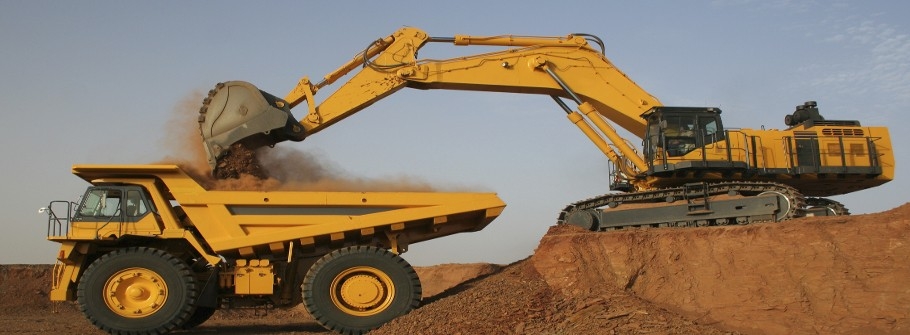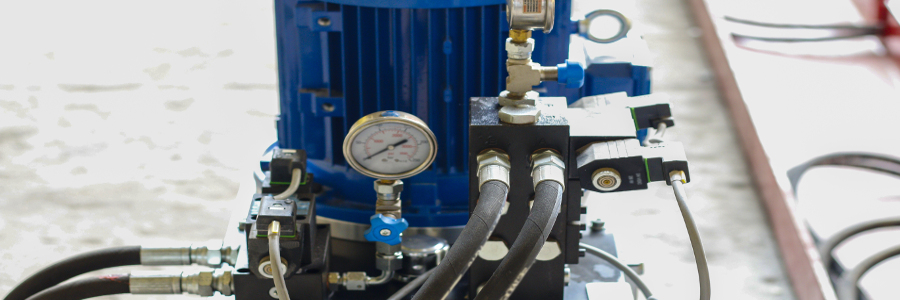Back to basics: Understanding OEM oil cleanliness standards


Manufacturers of heavy industrial equipment want to do all they can to ensure that the equipment you’ve purchased or leased from them operates as promised. They do not want to spend their days fielding complaints or processing warranty claims from unhappy customers. That is one reason the majority of OEMs establish oil cleanliness standards, as defined by the International Organization for Standardization (ISO), for every piece of equipment to reduce the risk of damage due to foreign contaminants found in lubricants.
That’s true for manufacturers of stationary industrial equipment as well as mobile equipment for construction, mining or agriculture. The ISO cleanliness code quantifies the maximum amount of particulate matter in parts per milliliter (p/ml) that may be present in the oil before it starts to have an impact on equipment performance.
Adding a layer of confusion, most OEMs typically outsource the manufacturing of components within the equipment, such as the hydraulic system or the transmission. That means you need to know the ISO oil cleanliness standard for each component within the equipment that requires lubrication – and they may well have different standards.
So how do you find the ISO oil cleanliness standard for a particular piece of equipment and its components? The most common place is in the operator’s manual. These days, many manufacturers have moved their operator’s manuals online, particularly for newer equipment built in the last five years. Another way to get the answer is simply to call the manufacturer and speak with a representative. Finally, you can often get a ballpark estimate just by taking a close look at the tolerances within a component and using a tool like Chevron’s ISOCLEAN® calculator on our website to gauge the necessary cleanliness level.
Once you know the OEM’s ISO cleanliness code, it’s important to make sure the lubricant you are using adheres to it. The fact is, however, that most new oils do not meet the OEM standard at the time of delivery. Many customers are compelled to compensate for this through time-consuming onsite filtration that is not always reliable. That is why your best bet is to select an oil that is certified to OEMs’ ISO cleanliness specification. In a future entry, we will discuss how to improve and maintain oil cleanliness throughout your operation.
10/31/2018




























